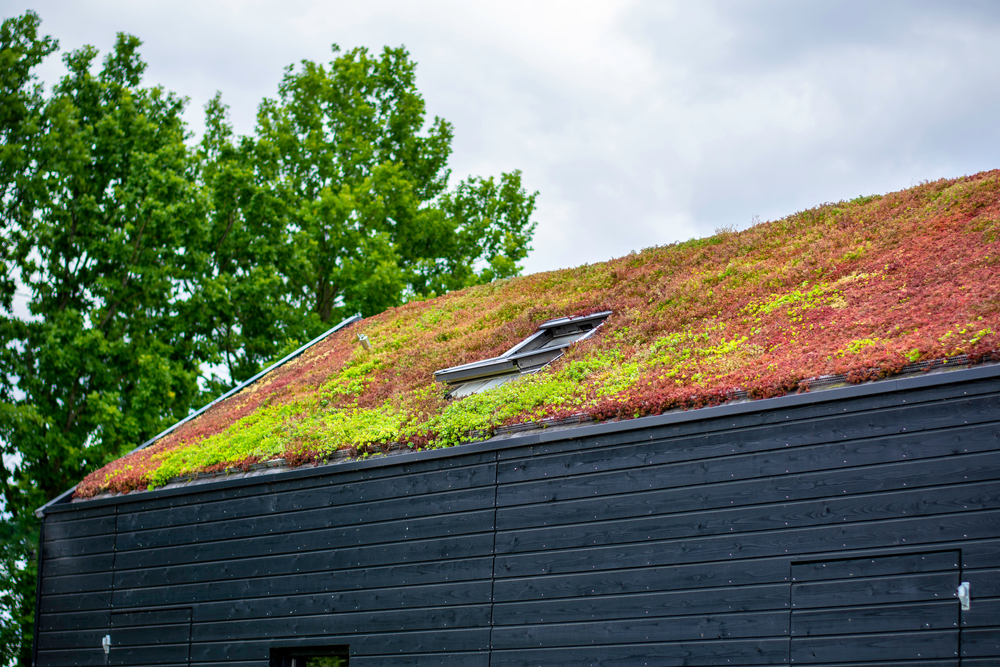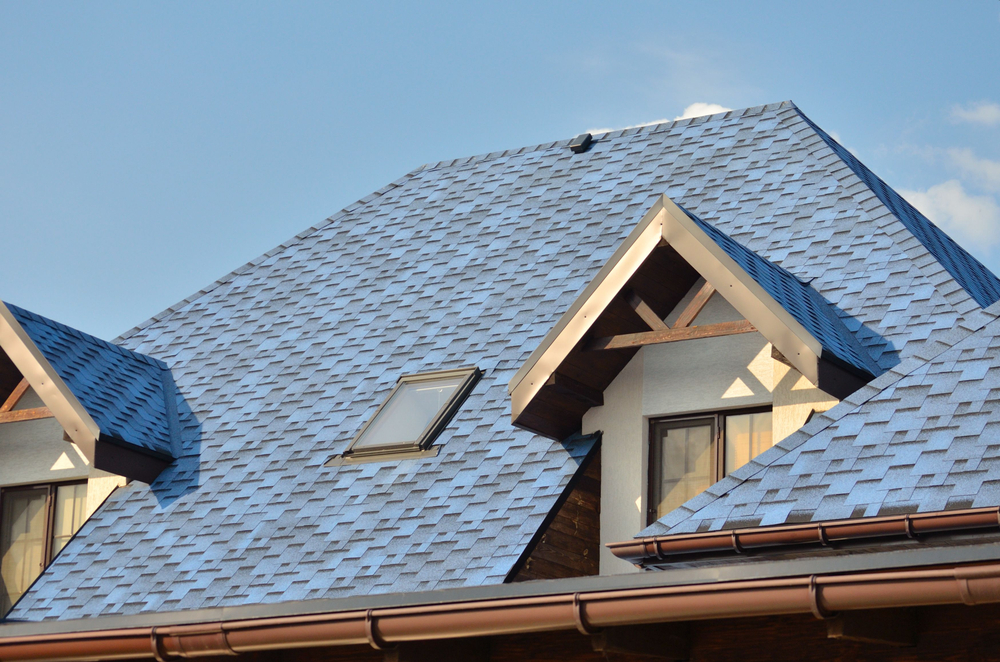These are the Most Energy-Efficient Roof Shingles
The roof of the home might not seem like an area that can drain energy, but some roofing materials add to the heat of the home. Replacing the roof is an expensive remodel, but roof materials don’t last forever. When homeowners need to replace their roof, they can look for energy-efficient roof shingles to help keep their utility bills in check.
The most energy-efficient roof shingles include these materials for steep-pitched roofs:
- Polymer
- Clay
- Asphalt
- Concrete
- Metal
- Wood
Cool Roofs Keep the Home Cool
Homeowners might be curious about how roof shingles can impact the energy use of the home. The Department of Energy explains that some materials actually help reflect the heat of the sun. During summer months, this can help homeowners save money on air conditioning costs.
Since heating and cooling the home is the dominant source of the home’s energy use, choosing materials that can take pressure off the HVAC could be impactful. These energy-efficient ‘cool’ roof materials also could add to the longevity of the roof.
There is one downside to cool roofing materials, though. The Department of Energy notes that since the roof helps to reflect the sun and stay cool, this temperature benefit could be a liability in the winter.

Other Cool Roofs: Go Green
Homeowners who want to live greener can opt for greenery on their roof. This isn’t really a shingle material as much as it’s a living room. Plants are installed on the roof to allow for the absorption of heat.
Plants use the sunlight during photosynthesis. They absorb the heat and help the roof (and the building) stay cool. Some homeowners might like the idea of a living roof, but others might not want to deal with any upkeep.

How to Make a Roof More Energy Efficient
Homeowners might not want to replace their roof until they need to replace it. A new roof is expensive; in fact, the price can range between $4.35 and $11 per square foot.
The good news, though, is that roofs tend to last decades. The longevity of a roof might depend on the shingle material.
If the roof doesn’t need to be replaced, homeowners might wonder if there are any strategies for increasing the energy efficiency of their current roof. One way to increase the efficiency of the roof is by ensuring that the attic is properly insulated.
Homeowners who feel that their HVAC is constantly in use might think about an insulation evaluation. One trick to determine sub-par insulation is to look at the roof after a snow storm. If patches of snow have melted quickly on the roof, this could be a sign that heat is leaking from the roof. Improving insulation in the attic and the home could help reduce energy waste and lower utility bills.
Green Home Guide also explains that coatings can be added to current roof materials to help them be ‘cooler.’ These coatings could help keep the home cooler during the summer.
Other Ways to Cool the Home
While some roofing materials could be less energy efficient than others, homeowners might look for other ways to ensure their home stays cooler in the summer and warmer in the winter. Since a new roof is expensive, homeowners will want to get the most life out of their current roof.
If insulation in the home isn’t an issue, but homeowners are still noticing an uptick in their utility costs, they could look at other energy drain culprits. For example, windows could be the source of drafts. Homeowners could install an insulation film over windows to provide more protection. In addition, exterior awnings could be installed to provide shade over windows.
Homeowners might also be too liberal with their thermostat temperatures. On a hot summer day, if the thermostat is adjusted too low, the HVAC will turn on more frequently. This will result in higher energy costs.
Homeowners can adjust their thermostat to 78 degrees Fahrenheit during the summer and 68 degrees Fahrenheit during the winter. Programmable thermostats and smart thermostats that connect to apps via a mobile device also can allow homeowners to take more control over the temperature of their home.
Those who live in hotter climates also might want to keep their curtains and blinds closed during hot days. The summer sun can heat up the room; blackout curtains could provide even more protection from the sun’s rays.
While many homeowners won’t want to upgrade their roof until it’s necessary to install, choosing energy-efficient shingles for a new roof can help keep homes cooler during the summer. Homeowners can choose from different materials, and they will want to research their options to find the best energy-efficient shingles for their budget and their roof pitch, too.


